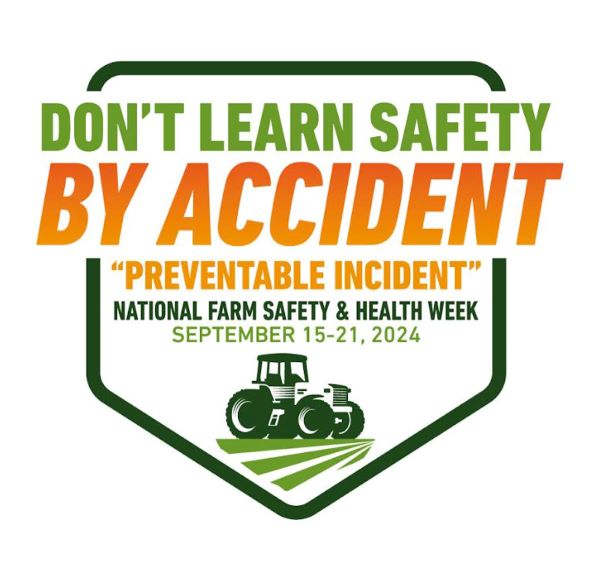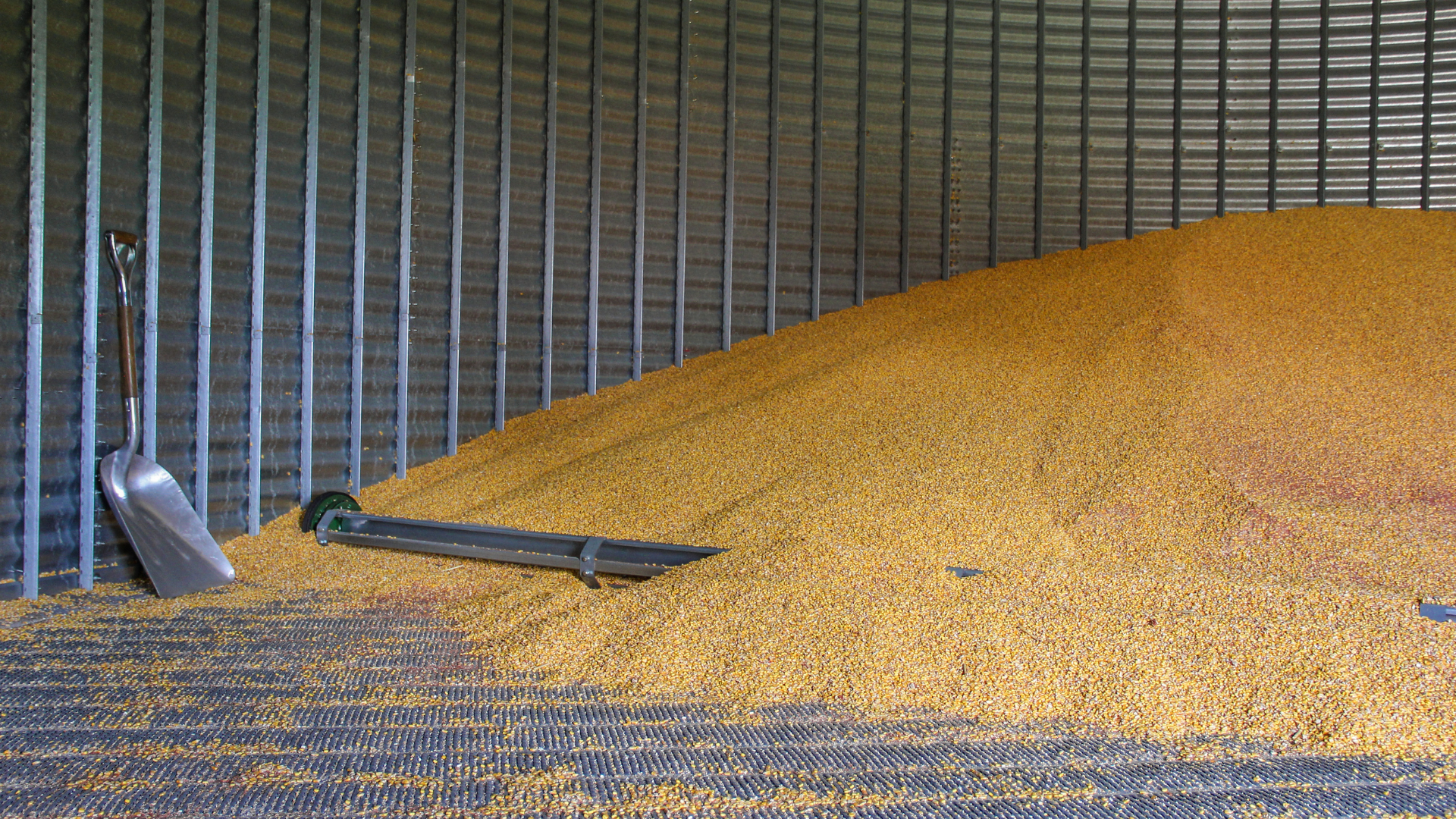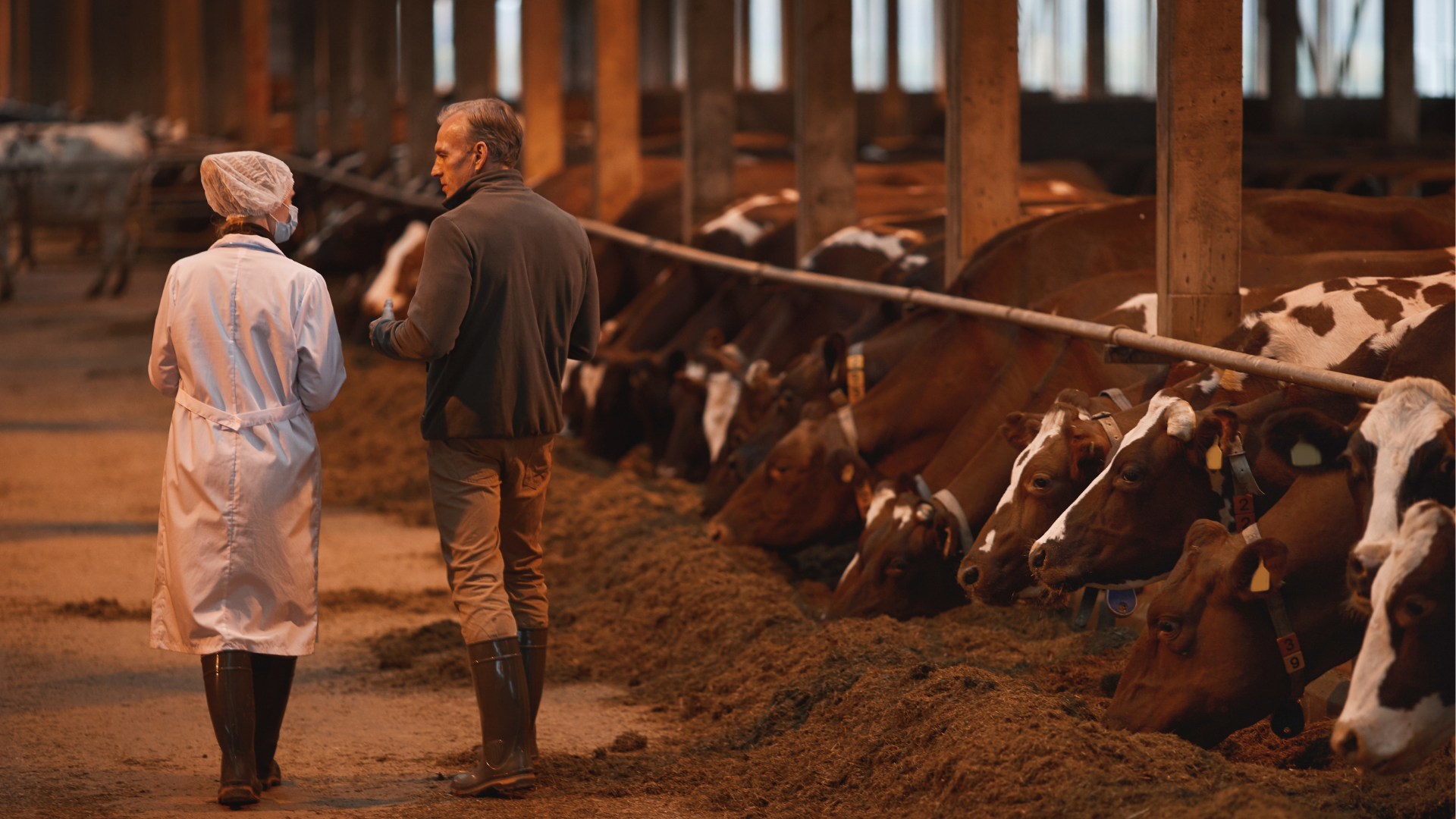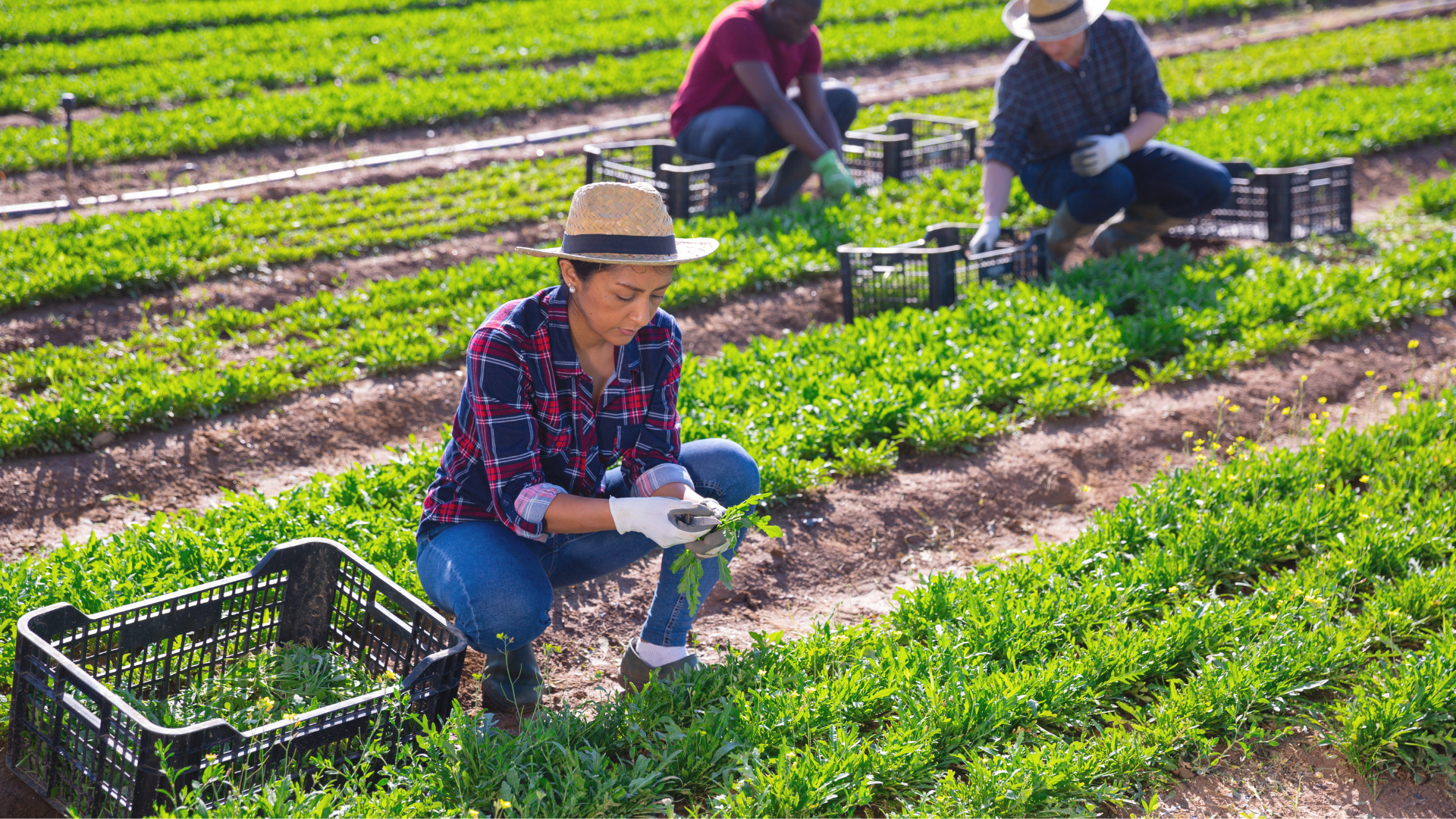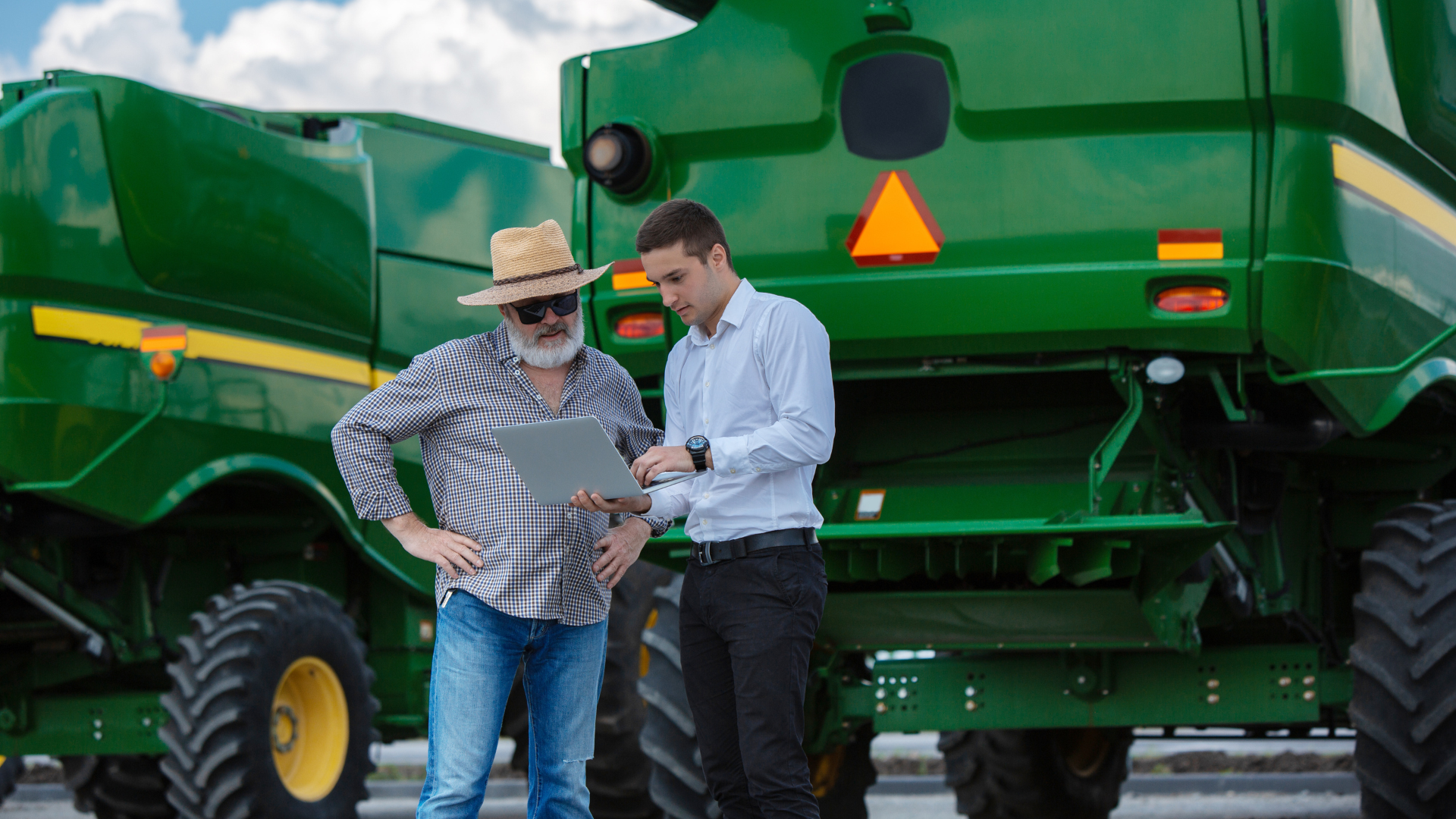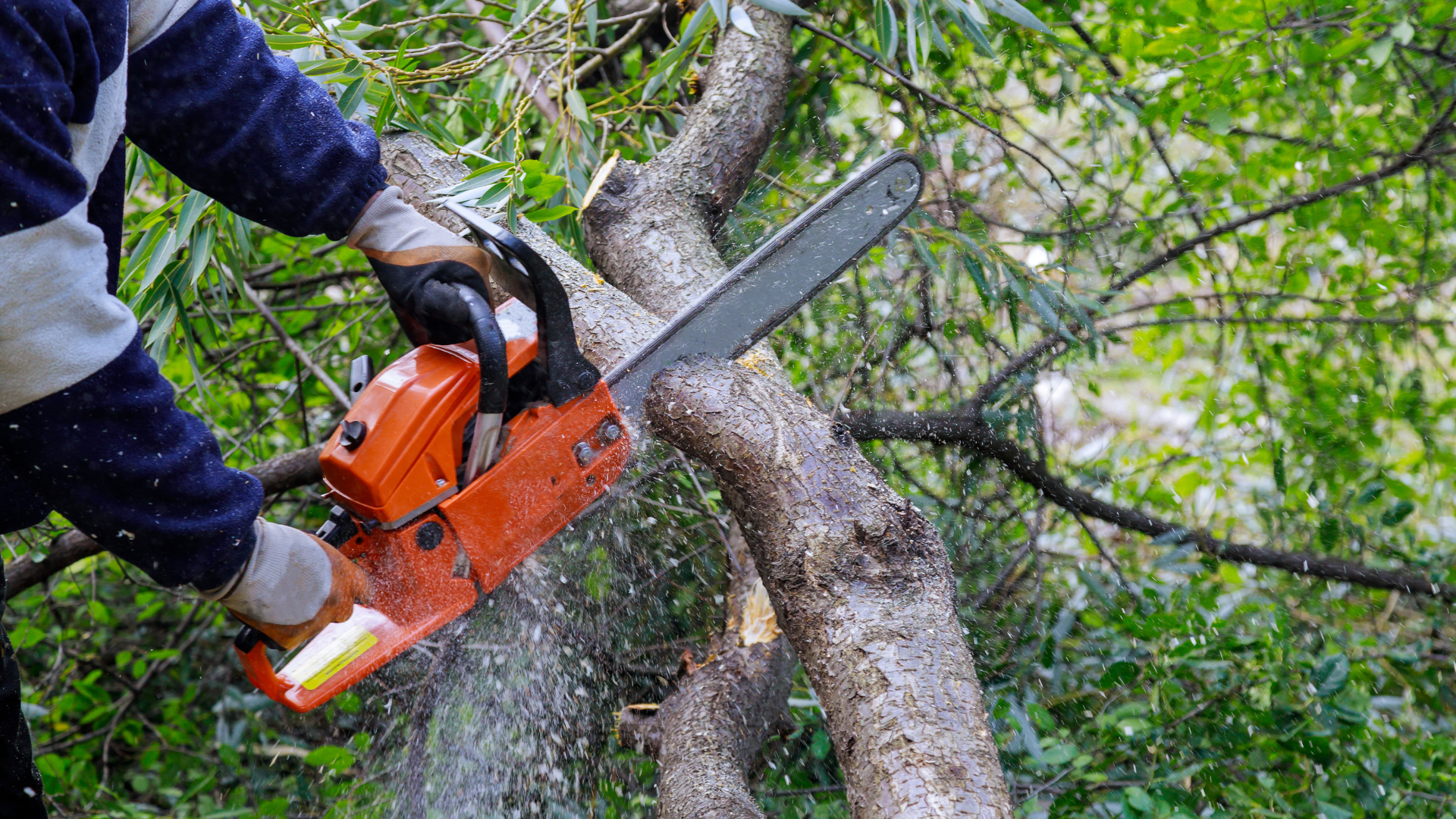
NFSHW23: Conversations on Access to Lethal Means (CALM) Training
NFSHW2024Summary: CALM (Conversations on Access to Lethal Means) is a suicide prevention training that encourages safe storage of lethal means (firearms and medications) during a suicidal crisis. By temporarily putting time and distance between a suicidal person and highly lethal means, a life may be saved. CALM: Counseling on Access to Lethal Means was originally createdRead More

